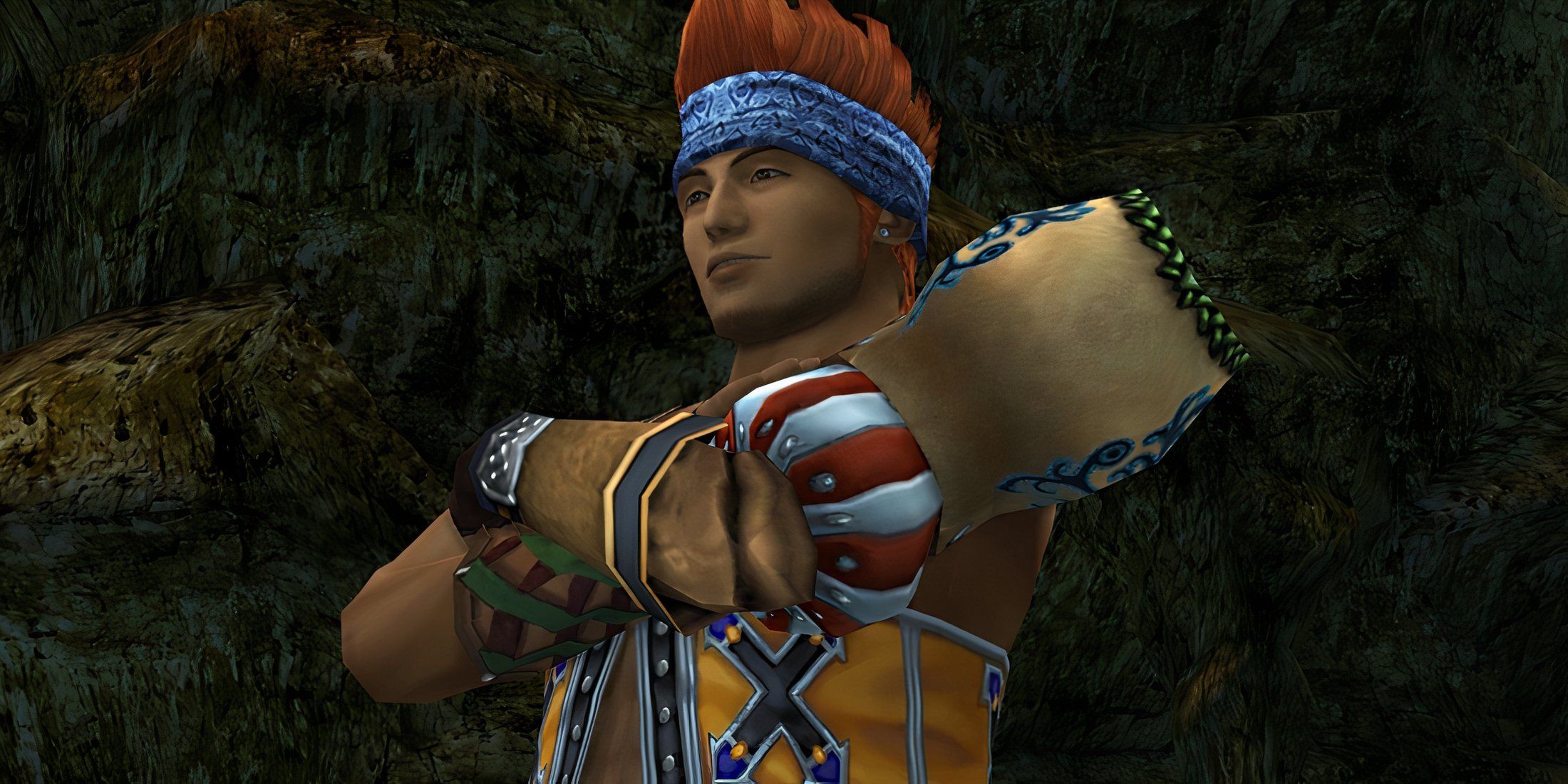Final Fantasy Games With Groundbreaking Mechanics
Description

Summary
- Final Fantasy’s innovative gameplay features, from Jobs to party swapping, have influenced RPGs inside and outside the series.
- Final Fantasy 16 introduced Eikon battles where players control Summons directly, offering a thrilling and unique gameplay experience.
- Final Fantasy 11 revolutionized multiplayer RPGs by being the first MMO in the series, paving the way for future multiplayer entries.
Will the Final Fantasy series ever get its final release? Thanks to the support of fans, it doesn’t seem like that will happen anytime soon. The series is part of the lifeblood that keeps Square Enix running, and it’s been like that since 1987 when Squaresoft was its own entity.
Decades later, Final Fantasy is still popular after touching nearly every console and portable in existence. It’s safe to say that each new iteration innovates the series in some way, and the RPG genre as a whole. Even if others didn’t mimic these gameplay features, they’re still worth noting for their impact on the genre. These Final Fantasy mechanics stand out the most for their innovation, as they helped inspire games inside and outside of the series.
Choose Your Party (Final Fantasy)
The Legend Begins
Final Fantasy was ahead of the game when compared to Dragon Quest, which was its biggest rival in Japan. Dragon Quest 3: Seeds of Salvation introduced a class system, called Vocations, which players could swap between, a feature later adopted by Final Fantasy 3’s Job system.
Before all that, the first Final Fantasy allowed players to choose the Jobs of their four party members, which was a forward-thinking customization option that would help influence other RPGs. Without it, the Job system in the Final Fantasy series, in particular, might not exist today.
Level Up With Practice (Final Fantasy 2)
The Start Of A New Franchise
Final Fantasy 2 was a bizarre follow-up to the first game, and the main gimmick wouldn’t go on to influence the Final Fantasy series. Instead, Final Fantasy 2’s mechanics were used as an inspiration to later create the SaGa series, also made by Squaresoft.
Instead of leveling up characters with EXP, characters would get stronger with each action given or taken. Using swords or fire magic could increase a character’s prowess, for example, which is exactly how characters level up in most SaGa games.
Branching Paths (Final Fantasy 6)
Play Your Way
Final Fantasy 6 was the last mainline entry on the SNES, and it was groundbreaking in a few ways. One of the most interesting gameplay moments happens early on, splitting up the main characters into three parties that fans could play as in any order. Also, there are gameplay moments where players have to place characters in separate parties to prevent enemies from getting past.
Checking in on multiple parties helped influence Final Fantasy 9’s Active Time Event system, which is a better implementation of the idea. Also, it’s not a stretch to say that the strategic battles could have helped inspire the combat system seen in Final Fantasy Tactics.
The Esper System (Final Fantasy 6)
Giving Summons A Bigger Role
Another big gameplay hook of Final Fantasy 6 revolved around the Summons of this world: Espers. Not only did they factor more into the story, but each character could equip an Esper and then learn magic from them. It was similar to the Job systems of other entries, but more relaxed.
This helped inspire Materia for Final Fantasy 7, which is a more evolved and strategic system of equipping magic. Final Fantasy 9’s ability learning, which occurs through equipment, can also be said to have spawned from Final Fantasy 6’s Espers, and those two examples are just the beginning.
Triple Triad (Final Fantasy 8)
A Mini-Game That Took On A Life Of Its Own
There have been a lot of mini-games in the Final Fantasy franchise, but one sticks out. Final Fantasy 8 featured a card game called Triple Triad, which would later be featured as a mini-game in other spinoffs. Also, directly after this, Final Fantasy 9 had a card game, Tetra Master, that operated similarly.
Decades later, Final Fantasy 7 Rebirth got Queen’s Blood, so card games are definitely within the lifeblood of the series at this point. Triple Triad remains a beloved mini-game in the series, even if Final Fantasy 8 is a more divisive entry overall.
Swap Your Party (Final Fantasy 10)
Turn-Based Tactics
Final Fantasy 10 has a lot of great combat mechanics, but the best one has to be the swap system. Instead of choosing a party of three and sticking with them until the next save point, players could swap out party members freely in battle.
It was a good way to avoid punishing players who didn’t have the right setup for a battle they didn’t see coming, like lacking magic characters in a fight against randomly generated monsters that are weak to magic. Also, a visible turn order was a good addition. It’s a mechanic that not a lot of other entries or games outside of Final Fantasy seemed to have latched on to.
Leveling Up Multiplayer (Final Fantasy 11)
Taking The RPG Online
Final Fantasy 11 was the first MMO in the series, which took multiplayer to a new level. In past entries, players could assign party members to a second controller on the couch, which wasn’t a fun way to play games like Final Fantasy 4. Final Fantasy 11 was designed with the intention of players getting together with either strangers or friends, and now there are a lot of multiplayer entries in the Final Fantasy series inspired by this.
Final Fantasy 14 is a prime example that has evolved from the groundwork laid by Final Fantasy 11, but even games like Final Fantasy Crystal Chronicles deserve respect in the multiplayer arena.
Eikon Battles (Final Fantasy 16)
Summons Take On A New Role
Final Fantasy 16 was the latest entry in the mainline series in almost a decade. The seeds it planted cannot be seen yet, but hopefully, sequels and spinoffs will learn from a major part of Final Fantasy 16’s combat system.
Clive, the hero, can change into Ifrit during certain boss fights. Players get to directly control an Eikon, FF16’s version of a Summon, for the first time outside of turn-based gameplay. It’s thrilling to play just as much as it is to watch. More RPGs should have Kaiju-level battles like this.




